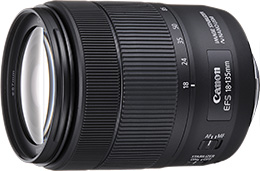Camera Basics #6: White Balance
White balance is a feature that ensures that the colour white is reproduced accurately regardless of the type of lighting under which a photo is taken. At a very basic level, it is common to use the Auto White Balance setting. However, this setting is no one-size-fits-all solution. For a white balance setting that best suits the lighting source, choose one of the preset white balance settings on your camera. (Reported by Tomoko Suzuki)

White balance makes sure your pictures turn out with the appropriate colour tone for the lighting
Points-to-note
- Its original function is to ensure that white appears white in your photos.
- You can also use it to add a colour cast to your photos.
Depending on the light source, the photo you take of a white object may take on a colour cast, appearing reddish or bluish, for instance. This is something that is not apparent to the naked eye, because our brain automatically corrects the colour casting so that the white object still appears white regardless of the light source. However, cameras don’t have that ability. Instead, this function is carried out by the white balance (WB) function, which ensures that white objects are depicted as white in photos regardless of the light source.
Most of the time, if you were to shoot with white balance set to the "Auto" mode, which is also commonly known as Auto White Balance (AWB), the colours in the photo would be quite close to those that you see with your naked eye. However, for some scenes, "Auto" is not able to make the appropriate corrections, which results in colours being depicted differently from those that you see. When this happens, choose a white balance setting from among the presets. You will have a few options, such as “Daylight”, “Shade”, “Cloudy”, “Tungsten light”, “White fluorescent light” and so on.
However, you can also use the WB function to intentionally add a colour cast to your photos. Try it out for yourself: First, take a photo with the “Daylight” preset. Compare it with photos taken with “White fluorescent light” or “Tungsten light”. See that the images are more bluish in tone than the one shot with “Daylight”? Next, try “Cloudy” and “Shade”. You will get images that are warmer in tone.
Take note of these effects—you can use them to create drastic changes to the look of your final image.
The difference between the various white balance presets

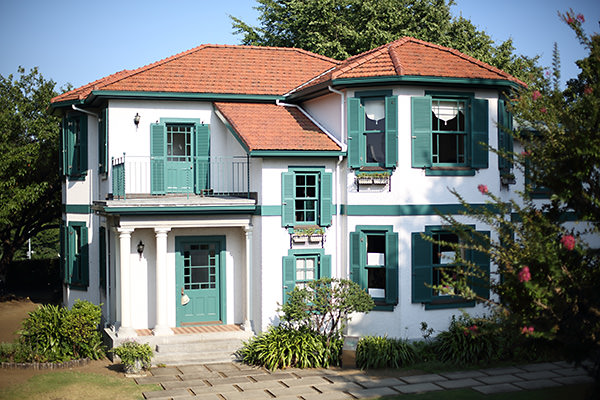
Auto
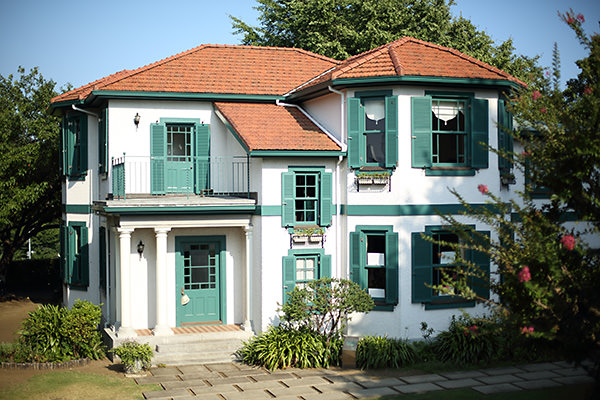
Daylight
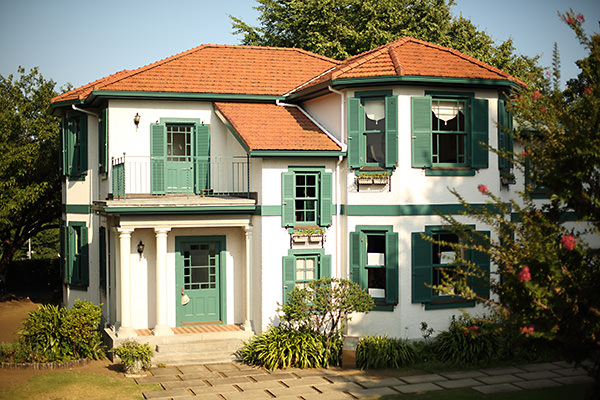
Shade
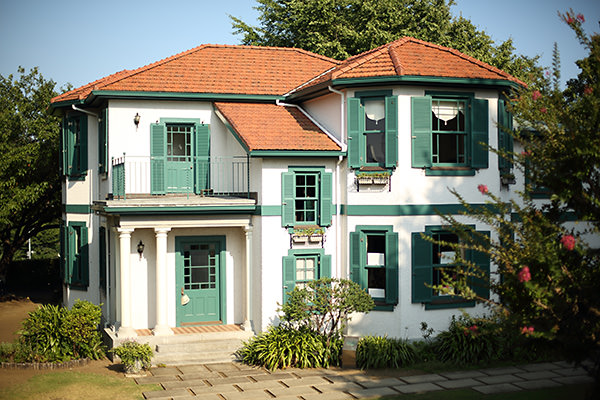
Cloudy
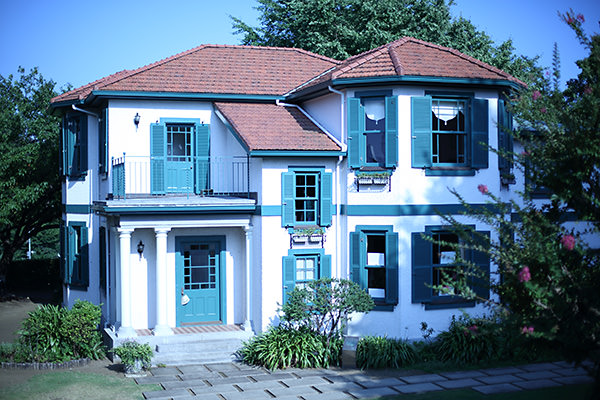
Tungsten light
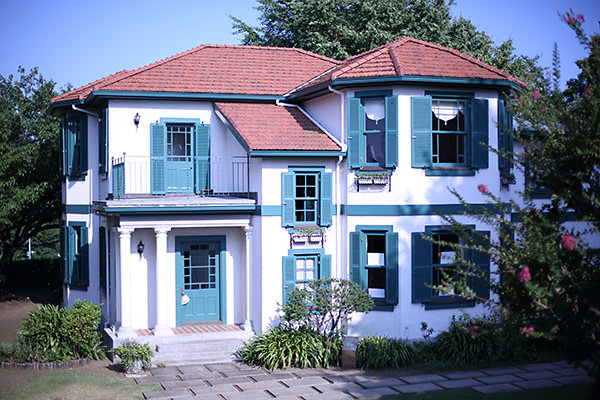
White fluorescent light
All examples shot with: EOS 5D Mark III/ EF50mm f/1.4 USM/ FL: 50mm/ Aperture-priority AE (f/1.4, 1/6400 sec, EV+1)/ ISO 100
These were shot outdoors on a fine day. Compared with the photo shot with the “Daylight” preset, the white house looks warmer in the “Shade” and “Cloudy” examples, and cooler in the “Tungsten light” and “White fluorescent light” examples. Under normal circumstances, we recommend using “Auto” when shooting outdoors because it gives a more natural look.
Link these keywords to the idea of “White Balance”
Keyword 1: Auto White Balance (AWB)
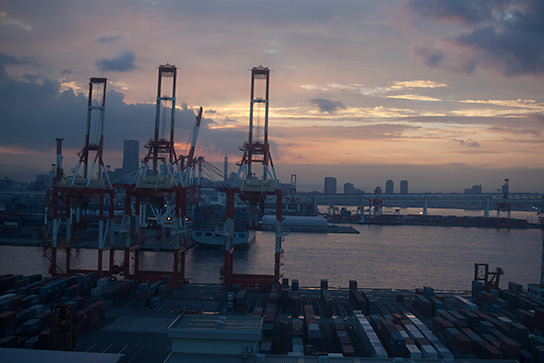
Auto
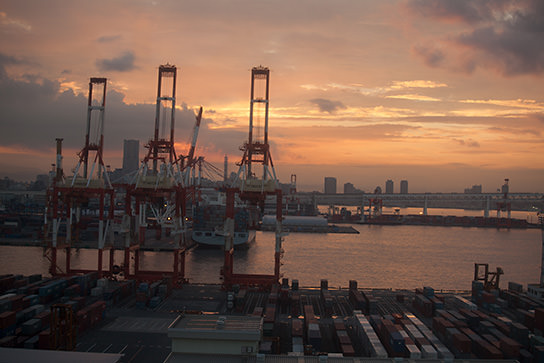
Daylight
All examples shot with: EOS 5D Mark II/ EF70-200mm f/4L IS USM/ FL: 70mm/ Aperture-priority AE (f/4, 1/250 sec, EV-1)/ ISO 100
The sky during sunrise and sunset are reddish in tone. When you photograph them with white balance set to “Auto”, the function tries to correct the red-cast clouds so that they will appear white, and this mutes the reddish colours in the sky. If you want to emphasize the reddish tones instead, here are the presets to try in order of increasing effect level: Auto→Daylight→Cloudy→Shade.
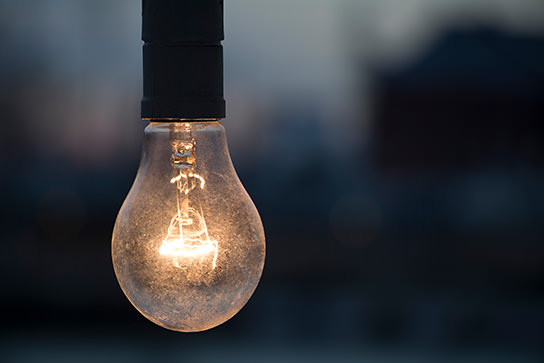
Auto

Cloudy
All examples shot with: EOS 80D/ EF-S18-135mm f/3.5-5.6 IS USM/ FL: 135mm (216mm equivalent)/ Aperture-priority AE (f/5.6, 1/200 sec, EV+1.7)/ ISO 200
If you were to photograph the light of a tungsten bulb using AWB, the light will appear white in your image, although it really is a warmer tone. For a more accurate depiction of the white, choose the “Tungsten light” preset. For an even warmer tone, choose either “Shade” or “Cloudy”. These settings will impart an overall reddish tone, giving the entire photograph a warm feel.
Keyword 2: White balance correction function
If we were to get technical about colour tones, white balance presets can only adjust colour tones along the amber/blue axis. To adjust along the magenta/green axis, use white balance correction function. This emphasizes the purple/green tones, which can make subjects look more appealing.
To set the white balance correction function, first, fix the colour tone of the entire image by choosing one of the white balance presets. Then, in the white balance correction menu, adjust along the magenta/green axis. If you need to, also adjust for blue/amber, and there you have it—your custom-toned image.

From the SHOOT menu, select [WB Shift/Bkt.] to display a screen like the one above. Shift the square marker to the desired position on the grid.

The letters on the [WB Shift/Bkt.] grid each represent a colour. Move the square marker in the direction of the colour you want to emphasize.
Examples of white balance correction

Normal

A:9

B:9

G:9

M:9
All examples shot with: EOS 6D/ EF24-105mm f/3.5-5.6 IS STM/ FL: 24mm/ Aperture-priority AE (f/3.5, 1/500 sec, EV+1)/ ISO 100
In the above examples, I shifted the square marker by the number of units indicated in the caption for A(mber), B(lue), G(reen) and M(agenta) respectively. The effects of the adjustments are clear in the final images that result.
For more tips and tutorials on selecting white balance presets, check out:
White Balance Basics to Achieve Your Desired Colour Tone!
Camera FAQ #11: Which WB setting should I use, Auto or Daylight?
Create a Cool, Serene World with Water Reflections and White Balance
For more tips and tutorials on how to use white balance correction, check out:
How to Render Colours with the White Balance Correction Function
Receive the latest updates on photography news, tips and tricks by signing up with us!
About the Author
A monthly magazine that believes that enjoyment of photography will increase the more one learns about camera functions. It delivers news on the latest cameras and features and regularly introduces various photography techniques.
Published by Impress Corporation
After graduating from the Tokyo Polytechnic University Junior College, Suzuki joined an advertisement production firm. She has also worked as an assistant to photographers including Kirito Yanase, and specializes in commercial shoots for apparels and cosmetic products. She now works as a studio photographer for an apparel manufacturer.

































